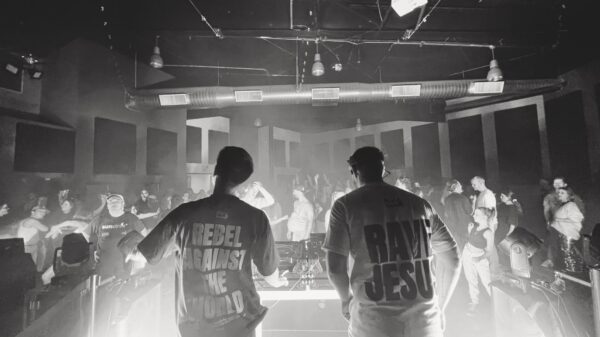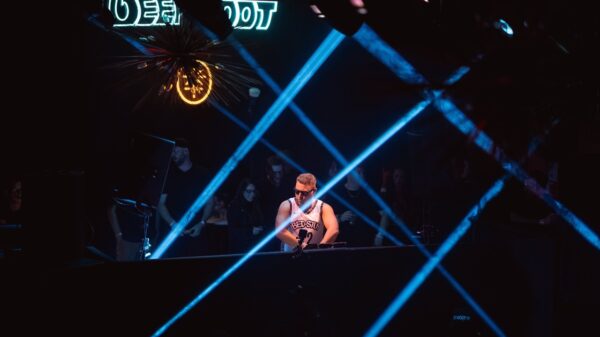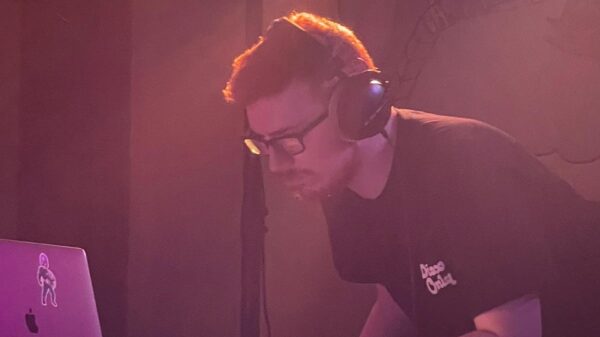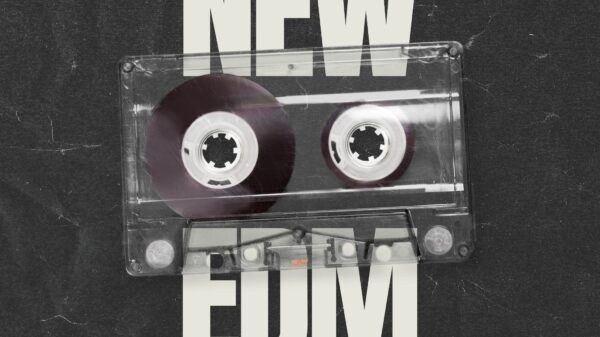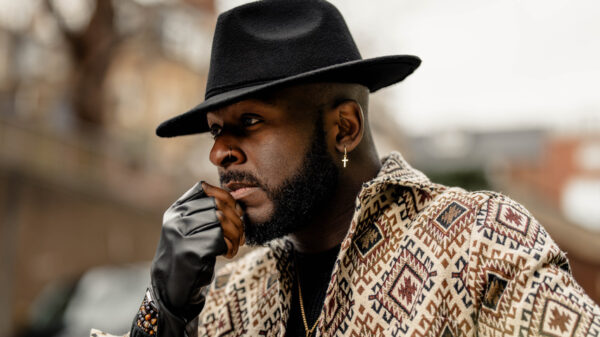What is EDM and where did it come from?
EDM, or electronic dance music, is a genre of music that emerged in the early 1990s. EDM is characterized by a heavy use of synthesizers, drum machines, and other electronic musical instruments. EDM music is often played at nightclubs, festivals, and other events that feature dancing. The genre has its roots in disco and house music, two genres that emerged in the 1970s. EDM has since evolved and diversified into subgenres such as trance, techno, and drum and bass. EDM is now one of the most popular genres of music in the world, with artists such as Calvin Harris, Avicii, and Skrillex achieving mainstream success.
How has the genre evolved over time, and what are some of its defining characteristics?
EDM, or electronic dance music, is a genre of music that originated in the early 1990s. Characterized by its use of synthesizers and drum machines, EDM was initially popularized by clubs and parties in Europe. In the 2000s, EDM began to gain mainstream popularity in the United States, with artists such as Tiësto and David Guetta achieving mainstream success. Today, EDM is one of the most popular genres of music, with festivals such as Ultra Music Festival and Tomorrowland attracting hundreds of thousands of attendees each year. EDM has also been influenced by other genres of music, such as hip hop and pop, resulting in a sound that is both unique and familiar.
What was EDM called before it became known as “EDM”?
In the early days of electronic dance music, there was no such thing as “EDM.” In fact, the genre was known by a variety of different names, depending on where in the world you were. In the United Kingdom, for example, it was commonly referred to as “house music,” while in America it was known as “techno.” It wasn't until the late 1990s that the term “EDM” began to be used more widely, and it didn't gain mainstream popularity until the early 2000s. Even today, there is no agreed-upon definition of what exactly constitutes EDM. However, one thing is for sure: it has come a long way from its humble beginnings.
How do different styles of electronic dance music differ from one another, and why are they popular among fans and DJs alike?
Electronic dance music, or EDM, is a broad term that covers a wide range of genres and subgenres. At its core, EDM is music that is produced electronically, making use of synthesizers, drum machines, and computer-generated sounds. Within the EDM umbrella, there are a variety of styles that differ in terms of tempo, rhythm, and overall atmosphere. For example, bass-heavy genres like dubstep and trap are often characterized by dark and aggressive soundscapes, while more upbeat styles like house and techno tend to be lighter and more playful. Despite these differences, all forms of EDM share a common energy and excitement that make them perfect for dancing. In recent years, EDM has exploded in popularity, with fans flocking to festivals and clubs to experience the music firsthand. For many people, the appeal of EDM lies in its ability to create a sense of community and belonging. In a world that can often feel isolating and divided, EDM provides a unifying force that brings people together.
What does the future hold for EDM, and how will it continue to evolve over time?
If the past few years are any indication, it's safe to say that EDM is here to stay. The genre has seen a surge in popularity, and its sound has become more mainstream. Thanks to the internet, EDM has also become more accessible than ever before. But what does the future hold for this rapidly growing genre?
It's difficult to say exactly where EDM will go next, but one thing is certain: it will continue to evolve. As new technologies emerge, producers will have access to new sounds and ways of creating music. We can also expect to see more collaborations between EDM artists and other genres. For example, we've already seen some crossover between EDM and hip hop, with producers incorporating trap beats into their tracks. As EDM becomes more experimental and experimental artists gain exposure, we can expect to see even more genre-bending in the years to come.
Conclusion
EDM has come a long way since its inception in the early 1980s, and it doesn’t look like it’s going to stop evolving anytime soon. While some purists may lament the changes that have been made to the genre over time, most fans and DJs seem happy with the direction that EDM is moving in. What does the future hold for this ever-evolving genre? Only time will tell, but one thing is for sure – EDM isn’t going anywhere any time soon. Thanks for reading!
Also Read:

